The most common fermentation methods of coffee beans what are the flavor and taste characteristics of sun and water washing respectively?
Professional coffee knowledge exchange More coffee bean information Please pay attention to coffee workshop (Weixin Official Accounts cafe_style)

The word "fermentation" in life often makes people think of making flour cakes, fried dough sticks, steamed buns, steamed buns, or associated with food rancid items rotten. Fermentation has been used so much in our daily life that we are accustomed to enjoying a wide variety of delicious fermented foods, Huizhou tofu, French wine, home pickled radish, Northeast pickled pork, canned Swedish herring, which are known to be fermented.
But in English, Fermentation is derived from the Latin fervere, meaning "churning," which describes the mild foaming or violent boiling of yeast when it acts on grape juice or wort.

beer fermentation
Beer is unquestionably fermented, and alcohol is best known for its fermentation reaction formula, which is "sugar acting through yeast to produce alcohol and carbon dioxide." However, in fact, beer fermentation is far more than just producing alcohol. All kinds of flavors that people like and dislike need to be controlled accurately by artificial fermentation environment and state in order to produce more good flavors and less bad flavors.
Whether it is making noodles or making wine, it is a process that relies on the life activities of microorganisms under aerobic or anaerobic conditions to prepare microbial cells themselves, or their direct metabolites or secondary metabolites.
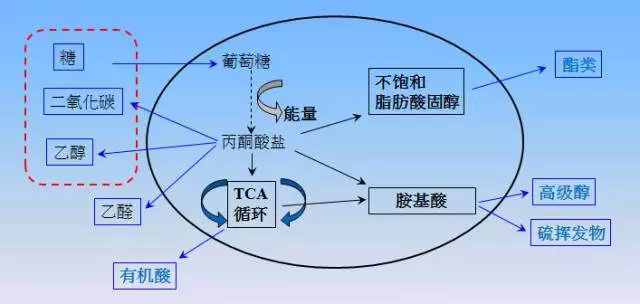
Interestingly, yeast is still hungry late in the beer fermentation process, when fermentable sugars may have been exhausted and various fermentation metabolites by-products become food for the yeast.
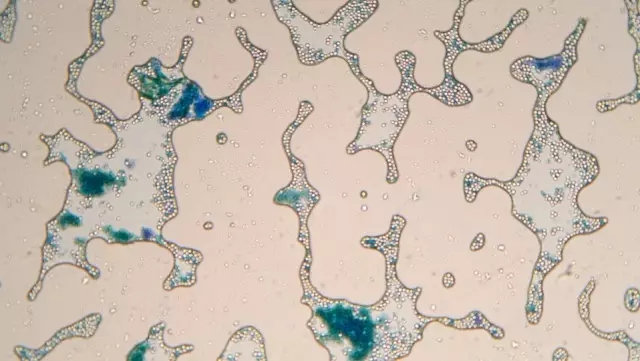
Instead, the winemakers controlled the bad flavors to be eaten more and the good flavors to be eaten less. From addition to subtraction. This is also the main reason why beer needs post-ripening and diacetyl reduction, and some bottles of two-shot beer taste better after aging, because the bad taste is less and less, and the wine becomes clearer and cleaner.
Coffee fermentation
Different biological changes take place during the natural fermentation of coffee. Yeast produces enzymes and lactic acid bacteria break down the sugar in coffee pectin. The lipids, proteins and acids in sugar are degraded and converted into alcohol acidic acids. Coffee smell, color, pH changes, coffee pectin composition will also change.
At the heart of the process is fermentation.
In the fermentation process, different substances (coffee peel, coffee pulp, coffee pectin, flora type, bacterial number distribution), different environments (water and no water, aerobic and anaerobic environment, PH value environment, etc.), different drying methods and processes (container materials, natural sunlight, drying equipment, turning times, etc.), create different post-processing flavors and tastes.
The basic process of coffee is coffee growing--> green bean processing--> cooked bean roasting--> coffee brewing. However, in this link of raw bean treatment, all kinds of treatment methods have nothing to do with fermentation.
There are many fermentation methods, two of which require special attention: dry fermentation and wet fermentation.
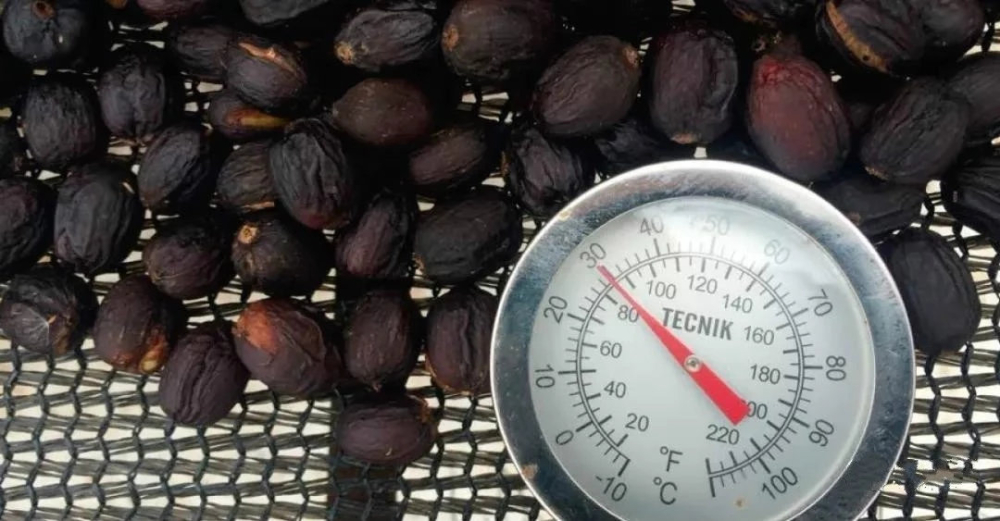
Dry fermentation and its flavor characteristics
Coffee with pulp and pectin attached to the surface is placed in a concrete fermentation tank. Dry fermentation helps to improve the sweetness, chocolate and fruit flavor characteristics of coffee. Dry fermentation also comes with a challenge: controlling the temperature. Temperature affects the degree of fermentation, and poor temperature control can have a negative impact on coffee consistency and flavor.
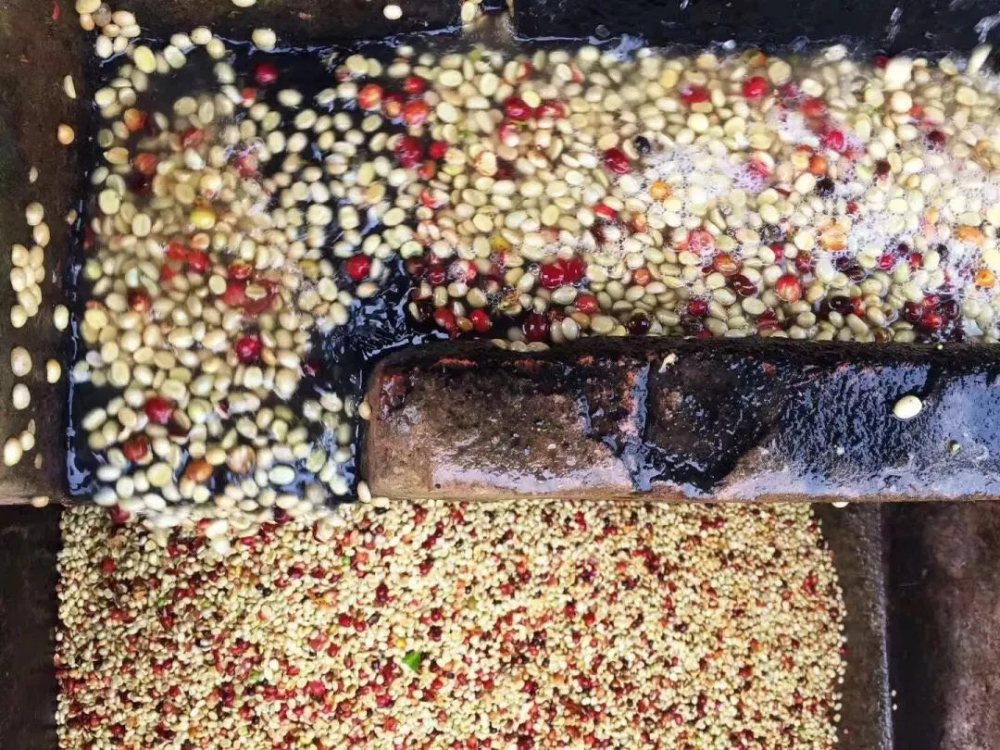
Wet fermentation and its flavor characteristics
"After removing the coffee rind and pulp, we soak the parchment coffee in water, which extends fermentation time and produces soft body and complex acidity, and more subtle flavors.
for example
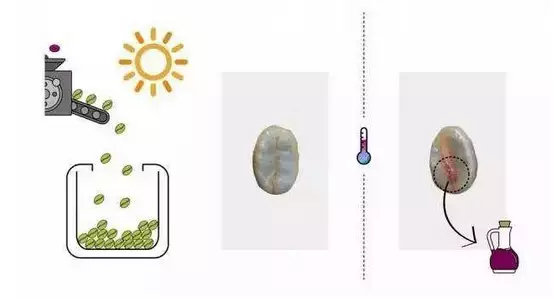
As shown in the picture: the coffee beans on the left have been fermented at an average temperature of 16 degrees Celsius for 24 hours, and the coffee taste has a good balance. The coffee beans on the right are fermented at 26 degrees Celsius for 24 hours, and you can see that the coffee beans are partially pink, which will cause the coffee to have a vinegar taste and a bit dry and metallic in the taste. This is due to alkyd produced during fermentation.
The three most common fermentation methods for coffee beans
sun-drying
As the name suggests, sun drying means that coffee berries are dried entirely by sun.
Solarization is the simplest and cheapest traditional method of coffee bean processing. When processing, the harvested fruit should be spread on concrete floor, brick floor or straw mat, elevated bed, solarization bed, placed in the sun, and often raked evenly to prevent fermentation. If it rains or the temperature drops, the fruit must be covered to prevent damage.
Approximately after treatment the moisture content of each fruit will drop to approximately 12%.
honey treatment
The peel and pulp are removed by machine, leaving pectin for sun drying.
White Honey 80%-90% pectin removed.
Yellow Honey retains 50% pectin without fermentation. Allow maximum light exposure for about 8 days
Red Honey removes 25% pectin without fermentation. Sunlight lasts about 12 days, and shade may be used during the process
Black Honey basically retains all pectin, dries at a slightly higher temperature at low altitude, covers slight fermentation in the first 24 hours, and transfers the drying process to African drying beds for drying.
Gold Honey basically retains all pectin, high altitude low temperature drying, prolonged drying time.
In individual estates, the treatment for individual batches will vary.
washing method
Traditional water treatment is used to treat freshly picked coffee beans. The pulp is immediately stripped off, preferably at short intervals, and then the coffee beans are soaked in water for 12-36 hours. This process softens the skin so that it can be easily rinsed off. The beans are then sorted and dried in the sun.
Both ways the final product is: coffee beans with parchment.
The main difference: direct removal of pectin by machine or removal of pectin layer by fermentation tank.
Semi-washing: coffee fruit peel pulp after not through fermentation tank, but through a special pectin removal machine to remove pectin.
Full washing: coffee fruit to peel pulp, into the fermentation tank, after 1-2 days of fermentation (time according to the temperature and humidity of the site and different) to remove pectin layer; fermentation methods and sub-divided into water and no water, enzyme and no enzyme different ways.
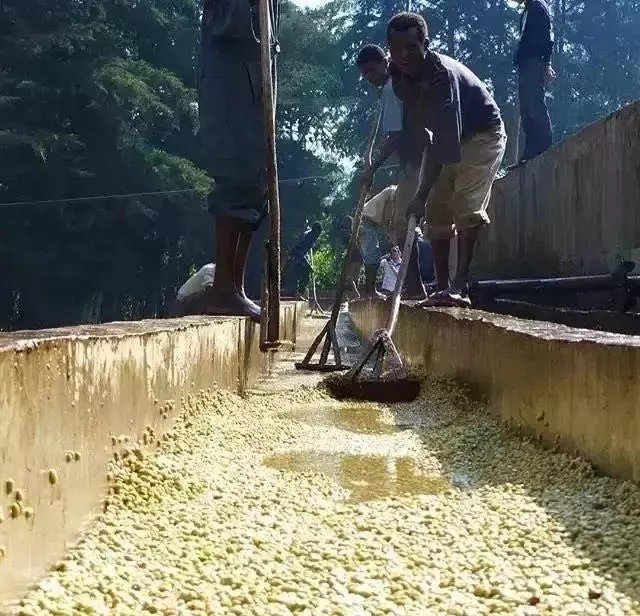
Ethiopian water washing: a traditional wet fermentation process. Coffee cherries washed, peeled, introduced into the fermentation tank at the level of the fruit with water fermentation, washed, clean tank soak overnight, the next day sun drying trellis. Fermentation with water for up to three days requires a lot of clean water, and PH should not be lower than four or five during the process.
Kenyan washing: The famous K72 model. Coffee cherries are cleaned, peeled, dry fermented for 24 hours, cleaned, dry fermented again for 24 hours, cleaned, dry fermented again for 24 hours, recycled to 72 hours of fermentation, cleaned, soaked in a water tank for one night, and dried in the sun the next day.
Important Notice :
前街咖啡 FrontStreet Coffee has moved to new addredd:
FrontStreet Coffee Address: 315,Donghua East Road,GuangZhou
Tel:020 38364473
- Prev

What is Body and how to taste the coffee?
Professional coffee knowledge exchange more coffee bean information please follow the coffee workshop (Wechat official account cafe_style) this is a topic that we coffee lovers like to talk about, especially in the cup test. Why do some coffees have more alcohol thickness than others? How do we emphasize this quality of coffee through roasting and brewing techniques? What is body? Alcohol thickness / body alcohol thickness
- Next
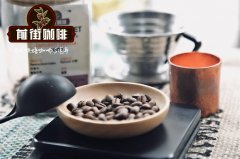
Delicate people have to pick a cup to drink coffee.
Generally speaking, the height of the cup is the coffee cup, and the cup low is the black teacup. In daily life, it is more convenient to use both in order to consider cost and storage, and the resulting subtle differences in the taste of coffee or black tea are negligible and harmless. But there is no lack of coffee, black tea or cutlery and exquisite pig girls who want to be in the sunny
Related
- What brand of black coffee is the most authentic and delicious? what are the characteristics of the flavor of the authentic Rose Summer Black Coffee?
- Introduction to the principle and characteristics of the correct use of mocha pot A detailed course of mocha pot brewing coffee is described in five steps.
- Which is better, decaf or regular coffee? how is decaf made?
- How much is a bag of four cat coffee?
- How about four Cat Coffee or Nestle Coffee? why is it a cheap scam?
- Which is better, Yunnan four Cats Coffee or Nestle Coffee? How about cat coffee? is it a fake scam? why is it so cheap?
- How about Cat Coffee? what grade is a hoax? which instant coffee tastes better, four Cat Coffee, Nestle Coffee or G7 coffee?
- Process flow chart of coffee making-Starbucks coffee making process what coffee tastes good at Starbucks
- The top ten best coffee beans in the world Rose summer coffee or Tanzanian coffee tastes good
- Yunnan four cat coffee is good to drink?_four cat coffee is a big brand? four cat blue mountain coffee is fake?

